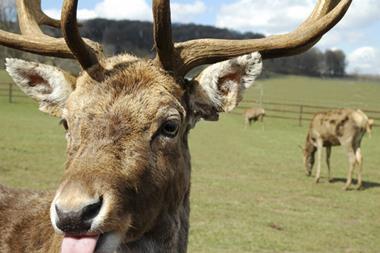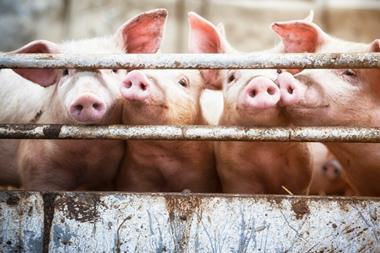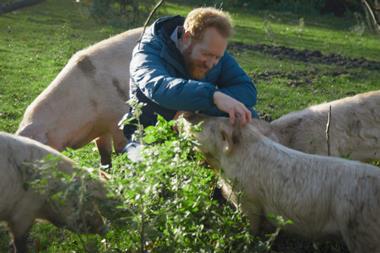Sales of game meats are set to hit £111m by 2015 as suppliers develop more convenient offerings – and pitch at the right price. Virginia Matthews reports
They may once have been the preserve of a privileged few, but the potential for venison, pheasant and other game meats is compelling.
Although the journey to everyday fare has been steady rather than dramatic game accounts for just 1% of total British meat consumption retail sales could rise from £80m in 2010 to £111m by 2015 as consumer spending recovers and interest in healthy, low-fat eating continues, according to Mintel.
“The interest in food origin, animal welfare and more authenticity augurs well for game, as does its fast-growing popularity among the over-45s and AB groups,” says senior food and drink analyst Kiti Soininen.
NPD such as boar burgers and venison sausages are already helping make game increasingly accessible, Soininen adds. The key issue, she believes, is price. “High prices are continuing to keep game off the radar for many consumers.”
It’s a point echoed by Dominic Derby, business development manager at Finnebrogue in Northern Ireland, whose venison customers include M&S and Tesco. “Making sure game meats are positioned at the right price is absolutely vital,” he says. “By selling our M&S venison burgers at £2.99 and our venison sausages at two for £5, we are helping to develop customer palates and encourage experimentation.”
Educating consumers in how to use game in everyday meals is also key. That’s where chefs can play an important role, says Richard Elmhirst, founder of Round Green Farm, which supplies venison to Waitrose. Game meat’s increasing use by chefs such as Gordon Ramsay has “made it far easier to understand and less frightening to cook with,” he says.
As for spurring on the next generation of consumers, Waitrose, which sells 18% of all game sold in the UK, believes convenience products will be the breakthrough. Farmed venison is already performing well, with convenience formats such as venison sausages and steaks rising in popularity especially for summer barbecues, says venison and speciality meats buying manager Rachel Pearson. “With venison being naturally low in fat, making it a key sales driver, the next big NPD trend will be to use it in ready meals and pies,” she believes.
Branding and presentation can also broaden appeal. Some consumers may want to buy into the food snobbery of buying ‘poussin’ but calling the same bird ‘baby chicken’ could be far more effective, says Craig Stevenson of game supplier Braehead Foods. “Pheasant breasts can and should look as neat and tidy as chicken breasts, but all too often they are presented as exotic and strange,” he adds.
Then there’s the issue of supply. The typical supply window for British game opens on 12 August and is largely shut by early February, meaning seasonality remains a big issue, Stevenson adds.
If game is to become mainstream, educating shoppers about when they can expect their favourite game to be on shelf will be as important as convenient new products.
Read the full Meat & Fish Supplement 2011
Sign in to comment on this article
Not logged in before? Register for FREE guest access today.
You will be able to:
- Read more stories
- Receive daily newsletters
- Comment on stories
Advert









No comments yet